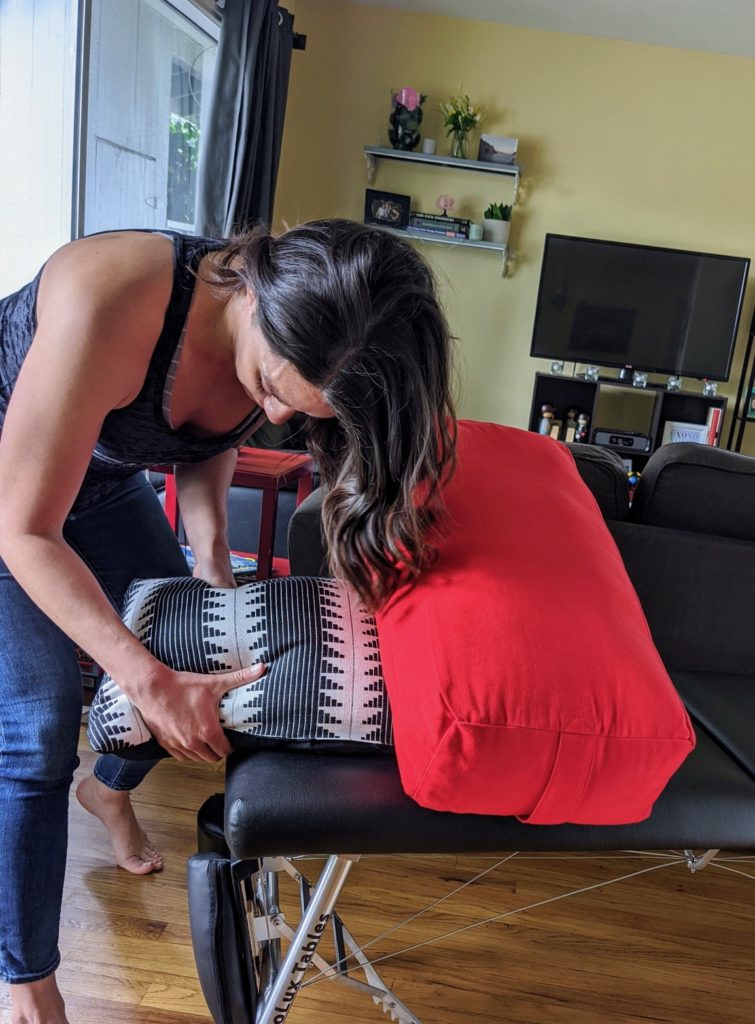Spring Term Adjusting Lab Experiences
By: Caitlin Jones, Q7 UWS doctor of chiropractic and sports medicine student

When we were first told that our hands-on labs were going to be online, I was really skeptical. Especially since I don’t have someone in my household that I can work on. But after having a couple full weeks of online labs, it is going much better than I had anticipated. It’s still not an ideal situation, but given the circumstances, our professors did an amazing job with the transition.
With this environment, it’s easy as a student to forget to practice our skills and let the labs take a back seat. Lecture classes are taking more time than normal and they’re better suited for online learning. That and being in quarter seven, we have a number of time-consuming and exhausting courses! I keep reminding myself that I’m going into a hands-on profession and will only have a short time next quarter to catch up with my skills. So while I can’t work on an actual person – trust me, I’ve tried doing some of the set-ups on my foot and it did not work out well – I can work on my speed and body mechanics. My friend may not be able to take me dropping on them for an hour, but my yoga bolster sure can!
Going into this quarter online, I thought that extremity adjusting would be the most difficult to practice without a partner to work on. However, on the first day of class when I asked Dr. Hatch how to best work on these skills alone, he not only provided some great advice, but he made a video on impulse drills that we can do with resistance bands and pillows! I would have never thought to grab a pillow or a band to work on as a substitute for a foot and it has really helped me feel more confident in my speed. This way, when I finally do get to work on real person, I’ll just need to work on the actual feel, not necessarily the set-up.
You may have heard of the basketball visualization study that was conducted in 1996. There were three groups, one shot free throws, another envisioned shooting free throws, and the third group did nothing. The amazing thing was that the group that never touched a basketball and only envisioned shooting free throws improved almost as much as the group that shot them all of the time. It’s an important study to show that even during this time when we can’t work on each other in a normal hands-on lab environment, we can still improve if we put the effort in and talk to our professors about how to best work on our skills.
